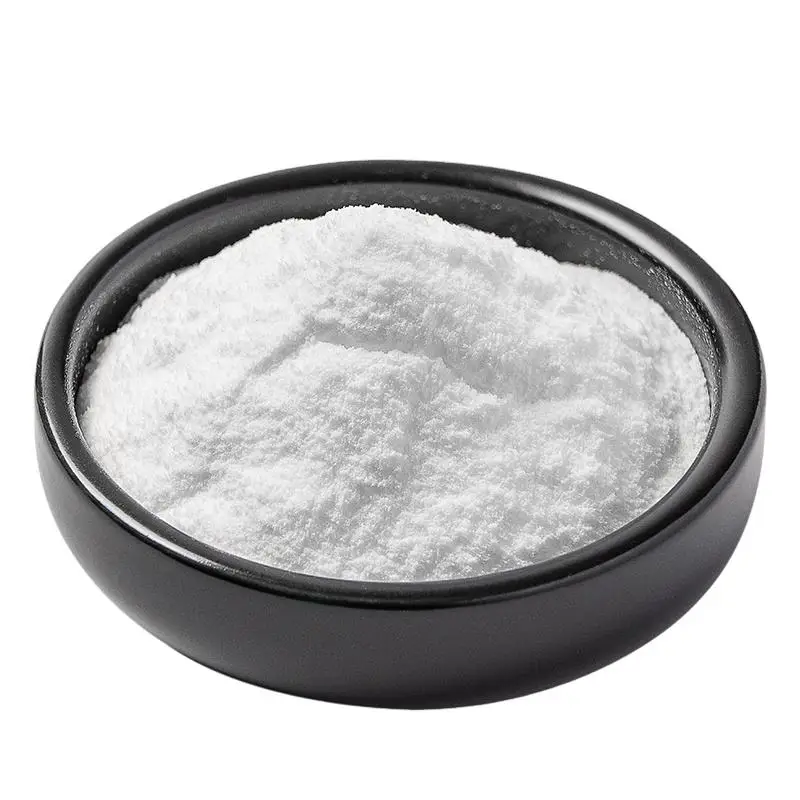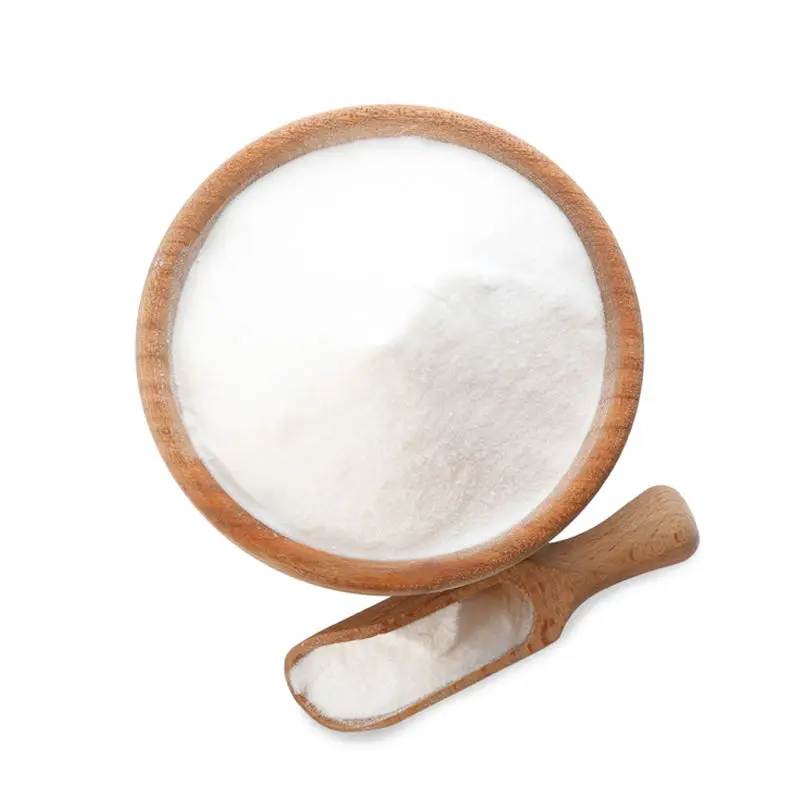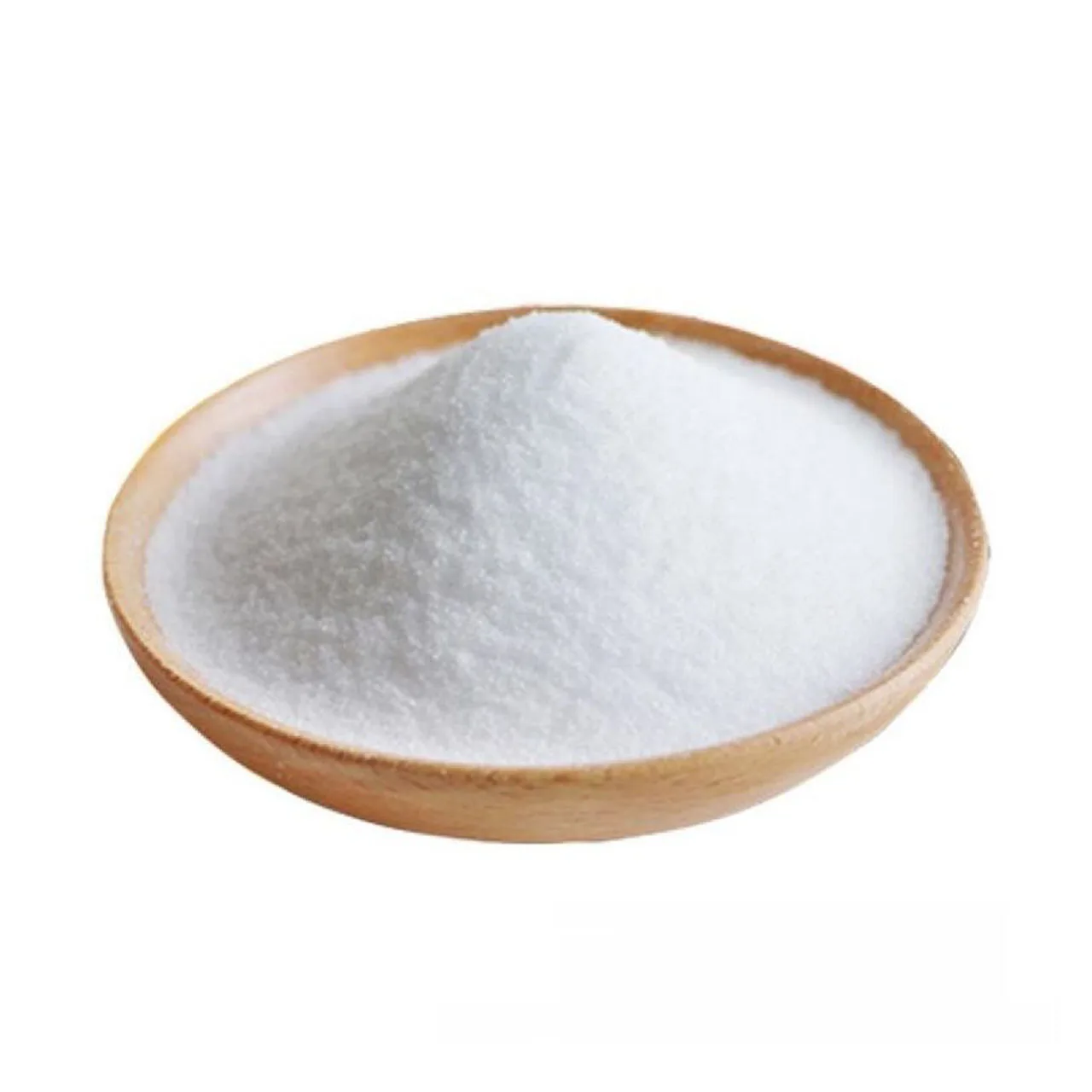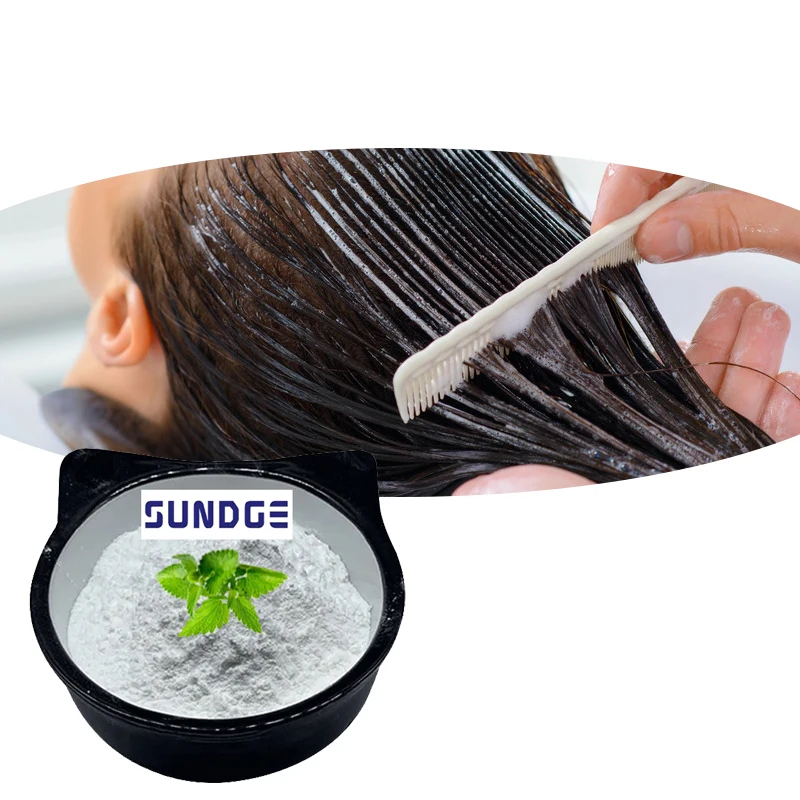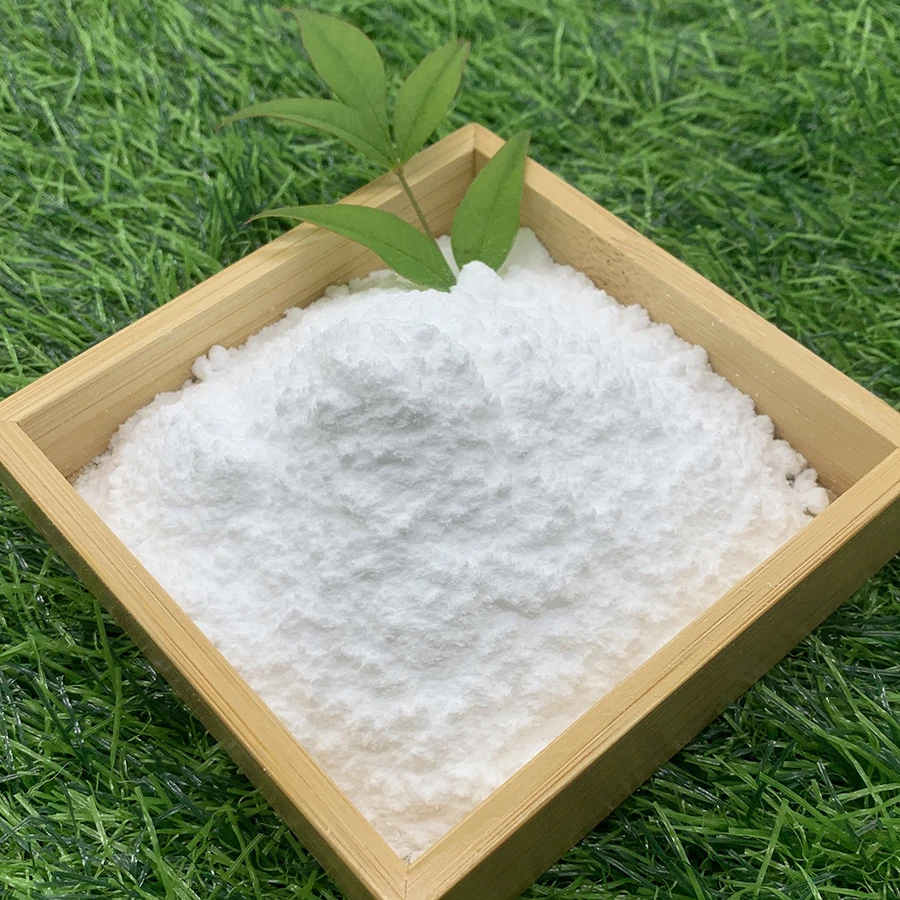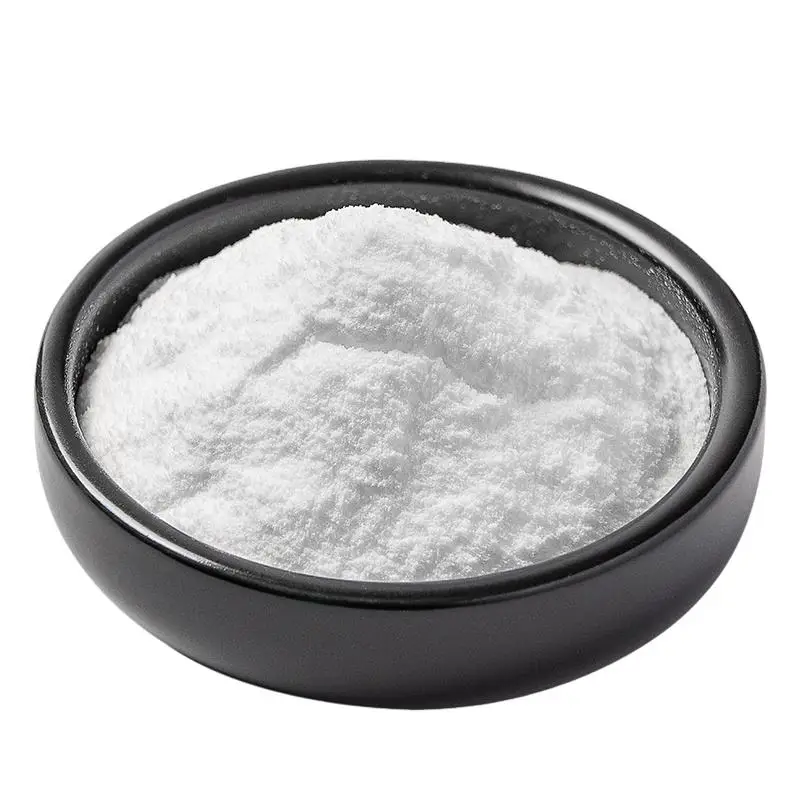How should fruits and vegetables be cleaned and stored after using PVP protective film?
When using PVP (polyvinylpyrrolidone) protective film in the preservation of fruits and vegetables, it is necessary to focus on the three core goals of "safety and compliance, optimal effect, and avoiding negative impacts". In combination with the characteristics of PVP, the types of fruits and vegetables, and application scenarios, the following six types of matters should be particularly noted to ensure the balance between preservation effect and food safety:
I. Strictly adhere to safety and compliance requirements (the primary prerequisite)
Although PVP is a food additive approved by authoritative institutions such as the Food and Agriculture Organization of the United Nations (FAO) and the US FDA (number E1201), it must be used within a compliance framework to avoid safety risks
1. Use PVP raw materials that meet food-grade standards
It is necessary to choose "food-grade PVP" (rather than industrial-grade, as industrial-grade may contain impurities such as low-molecular polymers and residual monomers), and ensure that the purity of the raw materials meets the standards (such as K value matching, commonly K30 and K90, uniform molecular mass distribution), to avoid introducing harmful substances due to substandard raw materials.
2. Strictly control the dosage to avoid excessive residue
The allowable daily intake (ADI) of PVP is 0 to 50 mg/kg of body weight. In practical applications, the concentration should be controlled within 0.1% to 0.4% (the previously mentioned optimal range) to prevent the residue from exceeding the safety standard due to excessive concentration (generally, the residue on the surface of fruits and vegetables should be less than 0.01 mg/kg). For example, for leafy vegetables (such as lettuce), if the concentration is greater than 0.5%, it may cause the residue to exceed the standard due to the strong adsorption of the leaves. Even after washing, there is still a risk of trace residue.
3. Conduct thorough residue detection and traceability
When applied industrially, it is necessary to regularly sample and test the PVP residue on the surface of fruits and vegetables (which can be detected by high-performance liquid chromatography (HPLC)), and keep records of raw material procurement and process parameters to ensure full traceability throughout the process and compliance with food safety supervision requirements.
Ii. Precise Control of Concentration and Film Thickness (Core Technical Parameters)
The effect of PVP film directly depends on the "concentration-thickness" matching. Improper parameters can lead to the failure of preservation or deterioration of quality.
The concentration should be adjusted according to the type of fruits and vegetables to avoid a one-size-fits-all approach.
For fruits and vegetables with thick skin and good storability (such as apples and citrus fruits), a concentration of 0.2% to 0.4% can be used to ensure a dense film layer.
For fruits and vegetables with thin skins and prone to damage (such as strawberries and peaches), the concentration should be reduced to 0.05% to 0.1% to prevent the film layer from being too thick and blocking the pores due to excessive concentration.
For leafy vegetables (lettuce, spinach) : The concentration should not exceed 0.1% to prevent the film layer from adhering to the leaf surface and affecting leaf respiration.
2. The thickness should be controlled within 1 to 5μm, balancing "barrier property" and "air permeability"
o too thin (< 1μm) : The film layer is discontinuous, prone to oxygen and water leakage, and has poor preservation effect.
o too thick (> 5μm) : The air permeability drops sharply, causing anaerobic respiration in fruits and vegetables (producing alcohol and acetaldehyde, such as strawberries developing a wine-like smell and tomato flesh softening).
o Control method: Through the linkage of "concentration + process" (such as 0.2% concentration combined with 5-minute soaking, or 0.1% concentration combined with ultrasonic spraying), a suitable film layer of 2-3 μm can be stably formed. If necessary, a laser thickness gauge can be used for verification.
Iii. Adapt to the types of fruits and vegetables and adjust the film-forming process (to avoid damage and failure)
The epidermal characteristics (smoothness/fuzz, thickness/thinness, presence or absence of pores) of different fruits and vegetables vary greatly, and the process needs to be adjusted specifically to avoid the failure or damage of the film layer to the fruits and vegetables.
Fruits and vegetables with smooth skin and no fuzz (apples, pears, tomatoes)
The immersion method (5 to 8 minutes) or the spray coating method can be adopted to ensure uniform coverage of the film layer. When drying, control the temperature at 25 to 30℃ and the humidity at 50% to 60% to prevent the film layer from cracking due to high temperature.
2. Fruits and vegetables with fuzz on the skin and prone to adhesion (peaches, kiwis)
The immersion method is prohibited (the fluff is prone to sticking together, resulting in uneven film layers). Instead, the low-pressure spraying method (pressure 0.2 to 0.3MPa, nozzle distance 20 to 30cm) should be adopted.
The concentration of o should be reduced to 0.05% to 0.1% to prevent the film layer from covering the villi and blocking the epidermal pores, which could lead to hypoxia inside the fruit.
3. Fruits and vegetables with fragile and easily damaged skins (strawberries, blueberries)
o adopts "low-temperature spraying + short-time drying" (temperature < 25℃, drying time < 30 minutes) to reduce mechanical damage to fruits and vegetables during the processing.
0.1% to 0.2% glycerol (plasticizer) can be added to the PVP solution to enhance the flexibility of the film layer and prevent it from cracking due to slight deformation of the fruit.
4. Leafy vegetables (lettuce, celery)
o adopts the "spray + spin drying" process (to avoid the leaves absorbing water and softening due to long-term soaking);
The thickness of the o film layer should be controlled at 0.8 to 1.5μm to prevent the film layer from being too thick and affecting the photosynthesis of the leaves (even if there is no light during the storage period, the stomata should be retained for ventilation).
4. Reasonable compounding to enhance the preservation effect (avoid the limitations of single use)
When PVP is used alone, the antibacterial property and flexibility of the film layer may be insufficient. It is necessary to scientifically blend other substances, but attention should be paid to the compatibility of the blending.
1. Selection of compound ingredients (Safe and synergistic
o Enhance antibacterial properties: Blend 0.5% to 1% chitosan (a natural antibacterial agent, effective against both mold and bacteria) or 0.1% to 0.3% plant essential oils (such as lemon essential oil, cinnamon essential oil, to enhance the antibacterial spectrum);
o Enhance flexibility and breathability: Compound 0.1% to 0.2% glycerin (plasticizer) or 0.5% to 1% polyvinyl alcohol (PVA, improving the film layer structure);
o Enhance water retention: Compound 0.2% to 0.5% calcium chloride (to enhance the toughness of fruit and vegetable cell walls and reduce water loss).
2. Precautions for Compounding process
Dissolution sequence: Dissolve PVP first (accelerate dissolution at water temperature of 30 to 40℃ to avoid agglomeration). After complete dissolution, slowly add other components (for example, chitosan should be dissolved in dilute acetic acid and then added drop by drop to the PVP solution to prevent flocculation).
o Concentration synergy: When compounding, the PVP concentration should be reduced (for example, if 0.2% PVP is used alone, it can be reduced to 0.1% after compounding chitosan) to avoid excessive total solids leading to an overly thick film layer.
V. Pay attention to the coordination of subsequent cleaning and storage (to ensure the continuation of the eating experience and effect)
The preservation effect of PVP film needs to be combined with "subsequent treatment" to avoid all previous efforts being wasted due to improper operation
Before consumption, it should be routinely washed to remove any residue
Although PVP is highly soluble in water, it is still necessary to remind consumers to "rinse with running water for 10 to 20 seconds before consumption", especially for fruits and vegetables with many skin wrinkles (such as citrus fruits and carrots), to avoid the residue of the film layer adhering to the crevices (although the residue is harmless in compliance with regulations, cleaning can eliminate consumers' concerns).
2. Under appropriate storage conditions, avoid relying solely on the membrane layer.
PVP film is not a "universal preservative". It needs to be combined with low temperature (most fruits and vegetables are suitable for 0 to 5℃, and tropical fruits and vegetables are suitable for 10 to 15℃), low humidity (relative humidity 60% to 80%, depending on the fruits and vegetables), or controlled atmosphere storage (such as 3% to 5% oxygen, 5% to 8% carbon dioxide) to maximize the preservation period. For instance, strawberries treated with PVP film, if stored at room temperature (25℃), only have their shelf life extended by 2 to 3 days. If refrigerated at 0℃, it can be extended to 7 to 10 days.
3. Before processing, fruits and vegetables need to be screened to remove inferior ones
Only apply PVP treatment to fruits and vegetables that are "undamaged, free from pests and diseases, and of appropriate maturity". Avoid mixing in rotten, wound or bacteria-infected fruits and vegetables - even if these fruits and vegetables are coated with a film layer, internal diseases will still spread and may contaminate other healthy fruits and vegetables.
Six. Pay attention to the impact of environmental factors on the membrane layer (to avoid membrane layer failure)
Environmental conditions during storage and transportation may damage the PVP membrane layer, and targeted prevention and control measures are required
1. Temperature fluctuation: Avoid drastic temperature differences that may cause the film layer to crack
Sudden temperature fluctuations (such as direct exposure to high-temperature environments after being taken out of a cold storage) can cause the skin of fruits and vegetables to expand and contract due to temperature changes, which in turn leads to cracking and peeling of the PVP film layer. The ambient temperature fluctuation should be controlled within 5℃ for 24 hours. Constant-temperature containers should be used for transportation.
2. Humidity control: Avoid high humidity causing the film layer to soften or low humidity causing the film layer to become brittle
High humidity (relative humidity > 85%) : The film layer is prone to absorbing moisture and softening, losing its compactness, resulting in a decline in barrier properties.
Low humidity (relative humidity < 50%) : The film layer is prone to water loss, brittleness, cracking and peeling.
The humidity should be adjusted according to the characteristics of fruits and vegetables (for example, leafy vegetables need high humidity of 75% to 85%, and apples need medium humidity of 60% to 70%). If necessary, humidifiers or desiccants should be placed in the storage environment.
Summary
The core points to note when using PVP protective films can be summarized as "Safety and compliance are the prerequisite, precise parameters are the core, compatibility with fruits and vegetables is the key, and subsequent cooperation is the guarantee." The process should be adjusted in accordance with the characteristics of fruits and vegetables to avoid relying solely on the film layer. At the same time, food-grade standards should be strictly followed. Only in this way can the preservation period be extended while ensuring that the consumption safety, taste and nutritional value of fruits and vegetables are not negatively affected.
Recommended Products
Hot News
-
Nanjing SUNDGE Chemical New Materials Co., Ltd. participates in the 2025 CPHI China exhibition to jointly expand the global pharmaceutical new materials market
2025-07-10
-
Based on the law, ensure the quality and safety of veterinary drugs-SUNDGE participated in the veterinary drug industry management training
2025-01-08
-
SUNDGE Nanjing Ali Center Outbound Visit
2024-10-28
-
The Turkish guests visited the factory and reached the intention of cooperation
2024-09-13
-
SUNDGE Successfully Exhibited CPHI South China Station
2024-02-28
-
SUNDGE participates in the course "Annual Business Plan and Comprehensive Budget Management
2024-02-28
-
Watch and help each other! SUNDGE donates 10000 yuan to the Gansu earthquake stricken area
2024-02-28
-
Good news - The company has successfully obtained the Veterinary Drug Business License Certificate
2024-02-28

 EN
EN
 AR
AR
 NL
NL
 FI
FI
 FR
FR
 DE
DE
 EL
EL
 HI
HI
 IT
IT
 JA
JA
 KO
KO
 NO
NO
 PL
PL
 PT
PT
 RO
RO
 RU
RU
 ES
ES
 SV
SV
 CA
CA
 TL
TL
 IW
IW
 ID
ID
 SR
SR
 UK
UK
 VI
VI
 SQ
SQ
 ET
ET
 HU
HU
 TH
TH
 TR
TR
 FA
FA
 MS
MS
 CY
CY
 BE
BE
 BN
BN
 BS
BS
 EO
EO
 LO
LO
 LA
LA
 MN
MN
